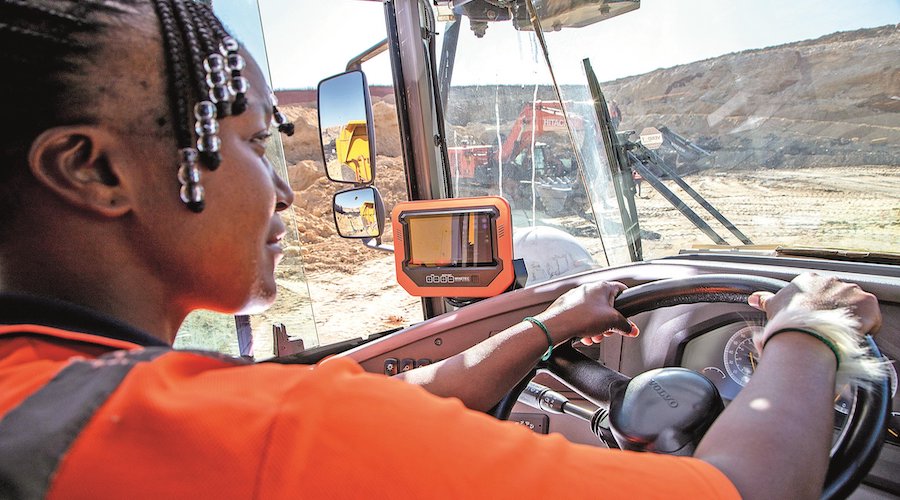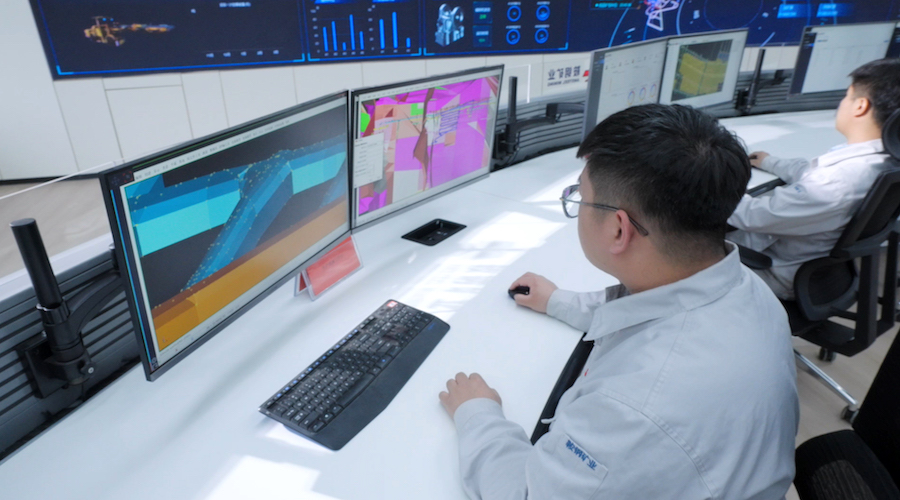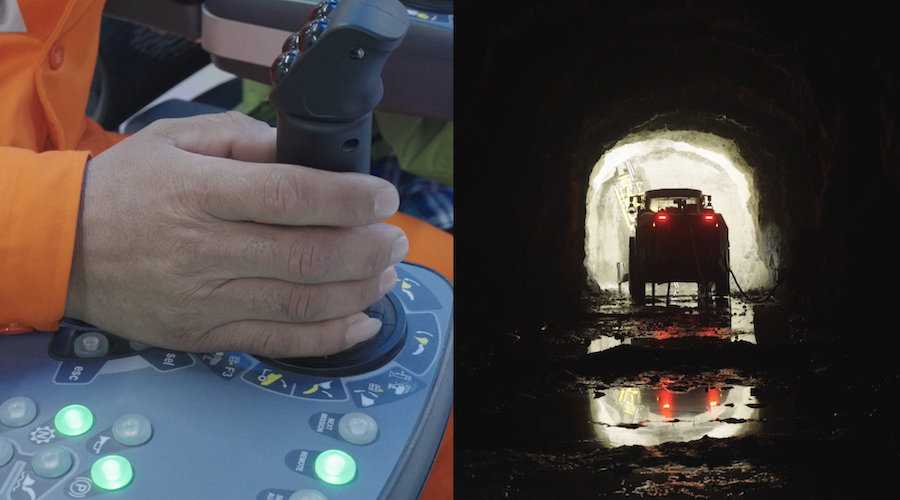JV Article: Huawei takes smart mines to the next level


The mining industry, still considered by many one of the most technology-adverse sectors, has embarked on a journey to revolutionize its operations that goes beyond automation and touches multiple areas including connectivity and artificial intelligence (AI).
Intelligent systems have the ability to analyze vast amounts of spread-out data and offer solutions, which boost the speed and safety of mining operations.
New technologies can help predict supply chain disruptions, optimize the use of energy, reduce environmental risks and even identify on-site, unknown targets.
None of this is possible without a reliable and fast network and Huawei, a global provider of information and communications technologies, knows it well.
“In China, more than 400 mines have deployed 5G networks. We have also helped customers elsewhere to build their digital infrastructure,” says Jack Chan, vice president of global marketing and Solutions for the mine, oil and gas sectors. In South Africa, for instance, the company partnered last year with MTN, Africa's largest mobile network operator, to implement 5G technology at the Phalanndwa Colliery, operated by Canyon Coal.
The application of 5G video surveillance and a 5G + IoT proximity detection system at Phalanndwa aimed primarily at reducing unnecessary accidents and fatalities at the operation and the mining sector in general.

The advanced bandwidth of 5G technology enables high-quality video surveillance, facilitating smooth uploading and downloading of videos. Cutting-edge functionalities such as reverse image search help monitor movements, enhancing security by comparing video footage with images stored in a database.
The 5G + IoT proximity detection system goes beyond this, as it can avoid collisions by detecting the proximity of individuals or objects to working vehicles, triggering alarms as a preventive measure.
“In China, with nearly three million coal miners working in 4,400 underground coal mines experiencing frequent fatal accidents, transitioning workers from tunnels to control rooms equipped with screens displaying data is not only saving lives but also attracting the younger workforce,” Chan says.
The adoption of digital technology is also proving to be useful attracting new talent to mining.
“Young people don’t want to spend hours underground, hot and breathing recycled air, but they are happy to sit in a room with air conditioning and monitor activities in real time,” Chan said. “Instead of people, computer vision applications patrol and inspect the dark and narrow underground corridors.”
Data on extraction, personnel location and danger detection is centralized on a system designed to eliminate problems caused by human error and miscommunication.
Thanks to these changes, the industry attracts more qualified professionals than in the past from sectors than ever thought to work in mining, such as people with IT and computing design backgrounds.
“AI service architects and AI algorithm engineers will become key roles in the era of intelligence,” Chan predicts.
Huawei’s technology mission to bring workers out of the pit and into a room with screens displaying numbers, charts and images, which is in line with the expectations of China’s younger generation to work in the mines, as well as the Chinese government’s goal of essentially digitizing all coal mines by 2035.
Pangu, Huawei’s artificial intelligence (AI) umbrella solution, has been adapted to different industries, from weather forecasting to mining.
Huawei launched the Pangu Mining Model in July last year, with the goal of allowing AI to replace humans in dangerous work and repetitive labour, precipitating expert experience and playing an important role in the fields of intelligent production, equipment management, safety operations and operational decision-making in mines.

Incorporating 21 different scenarios, Pangu Mining also include models for nine operating activities, namely, coal mining, tunneling, primarily transportation, auxiliary transportation, lifting, safety monitoring, rock burst prevention, coal preparation, and coking. Thanks to this diversity, it can be easily adapted to specific operations beyond coal and iron ore, Chan said.
Huawei is currently conducting research in 256 mining application scenarios in 16 categories, such as digging, integrated mining and transport, and has already achieved stage-by-stage results.
Together with helping achieve zero-harm operations, new technologies help companies reduce both emissions and ecological footprint. “Underground mining is less disruptive than open pits and our solutions make them efficient and easy to operate,” he says.
As proof of how miners embrace digital technologies, Chan says that more than 800 companies have already adopted Huawei’s mining solutions. “The industry is changing, and we want to be part of that change”, Chan concludes.
The preceding Joint Venture Article is PROMOTED CONTENT sponsored by Huawei and produced in co-operation with MINING.COM. For more information visit huawei.com.
Comments